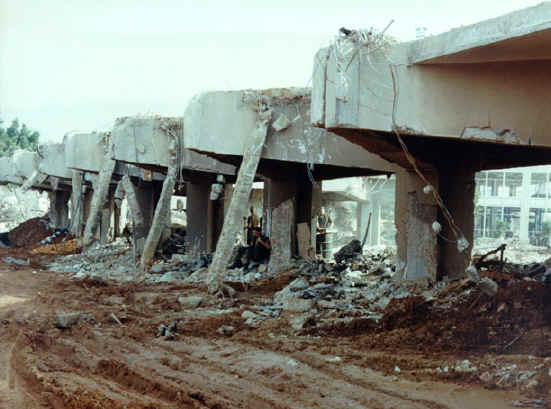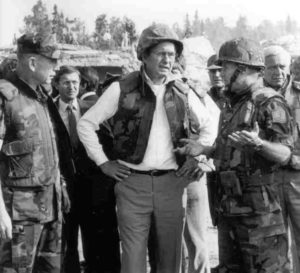The 24/7 millennium threat surge begins at the CIA and throughout the intelligence community. The threat of a terrorist attack over the millennium celebrations, together with any threats associated with the Y2K computer rollover, become the top priority for the entire intelligence community.
The CIA creates an elaborate disruption campaign against al Qaeda and other cells of terrorists, particularly in Jordan and Lebanon, and indeed Jordanian officials arrested a number of terrorists linked to al Qaeda.
Between November and the millennium, the CIA’s Counterterrorist Center and other elements of the government’s counter-terror apparatus worked overtime and on supplemental budgets, both of which would have profound effects later on activities in 2000 as more secure funding was sought and the primary counter-terrorism personnel adjusted to “normal” schedules.
Did the millennium itself justify the resources? And did the government pay the price for its focus on stopping a single terrorist strike (and then relaxing once it did)? One will never know, but the effect of anniversary warnings—whether it be July 4th before 9/11, or September 11th—ever since has served to focus more attention on tactical and short-term interdiction rather than the big picture.

